Segments
What the Heck Are Messaging Segments?
Not all messages are created equal.
To you and I, a one-liner text like “ok” and a mini-essay of three paragraphs both feel like a single message. But to wireless carriers—and your billing dashboard—they’re not the same. That’s where messaging segments come in.
📚 The History of Messaging Segments
Back in the early days of SMS (think Nokia bricks and T9 texting), carriers needed a standardized way to measure the size of a text message. They introduced message segments, which are 140-byte chunks—just enough to hold 160 standard characters using basic encoding.
Fun fact: This is why older phones showed messages like 1/3, 2/3, 3/3—each of those was a separate segment!
While smartphones today can handle much longer, emoji-laden messages, message segments are still used by carriers and platforms like Signal House to calculate costs, delivery status, and throughput limits.
⚙️ How Are Segments Measured?
By default, SMS messages are encoded using the GSM 03.38 character set, which is a 7-bit alphabet that includes standard Latin characters and some common symbols.
GSM Encoding (7-bit)
✅ Up to 160 characters = 1 segment
✅ Messages over 160 characters are split into chunks of 153 characters each to accommodate metadata for message reassembly
UCS2 Encoding (16-bit)
When a message includes characters not in the GSM charset (like emojis, certain accented letters, or non-Latin scripts), it switches to UCS2 encoding, which:
🚫 Reduces segment size to just 70 characters
📉 Messages over 70 UCS2 characters are split into 67-character chunks
📌 Example:
Message Type | Character Count | Segments Used |
|---|---|---|
GSM, 140 chars | 140 | 1 |
GSM, 310 chars | 310 | 3 (153+153+4) |
UCS2, 100 chars (emoji) | 100 | 2 (67+33) |
🤔 Why Does This Matter?
Each message segment counts toward:
Your daily message cap (especially for T-Mobile OR if using a Low Volume campaign)
Your billing total (more segments = higher cost)
Your throughput limitations (how fast messages are sent)
Even a simple change like adding a 🎉 emoji can double your segment count.
🧠 Gotchas to Watch For
🧵 Concatenation Headers
When a message exceeds 1 segment, carriers add a hidden header so your recipient’s device knows how to stitch the message back together. This reduces the usable characters:
GSM: from 160 → 153
UCS2: from 70 → 67
🔤 Smart Quotes and Accents
Copy-pasting from Word, Notion, or Google Docs can introduce “smart quotes” or unsupported characters like “í” or “é,” which forces UCS2 encoding.
➡️ Pro Tip: Use Ctrl+Shift+V or Cmd+Shift+V to paste without formatting and avoid hidden encoding shifts.
📎 Multimedia = MMS
Adding an image, GIF, or file transforms your message into MMS, which:
Uses MMS segment pricing
Supports more characters (often 1,000+)
Has a size limit (keep below 1MB for reliable delivery)
🔍 How to Check Segment Count?
In the Signal House portal:
Navigate to the Message Logs section
View each message’s segment count (GSM or UCS2)
Check if any character conversions or media attachments bumped up your cost
🔚 TL;DR
SMS = measured in segments, not just “messages”
GSM: 160 chars/segment; UCS2: 70 chars/segment
Emojis, accents, or smart quotes may trigger UCS2 and double your cost
Always preview your message length and encoding in the Signal House portal
Keep MMS under 1MB for safe delivery
📬 Need Help?
If you’re need any help regarding Segments, reach out to our support team at support@signalhouse.io.
